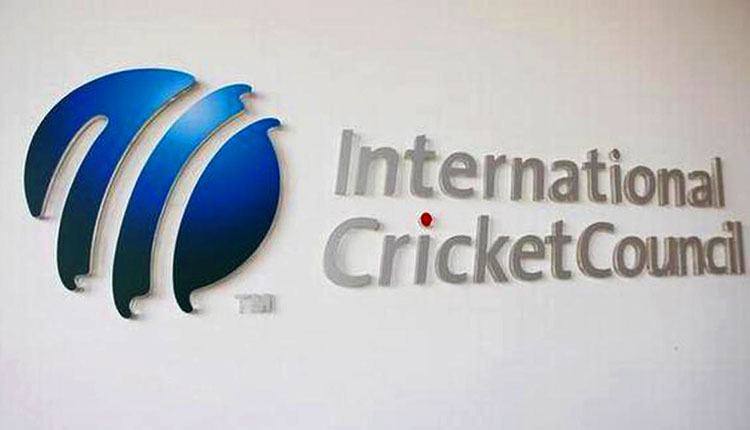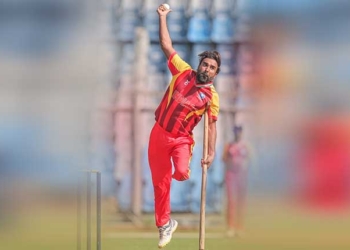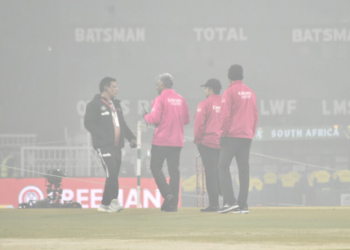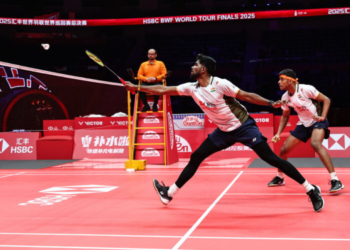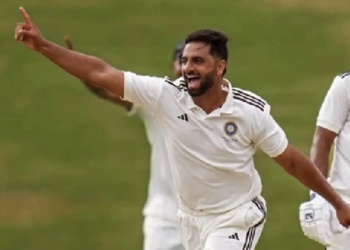New Delhi: The International Cricket Council (ICC) is considering altering the rules with the use of two new balls in ODI cricket in a bit to balance the game for bowlers.
While this isn’t a complete reversal of the current Playing Conditions (PCs), the potential change is designed to give bowlers an edge by reintroducing the possibility of reverse swing. Additionally, the ICC is exploring the introduction of in-game clocks for Test matches to help regulate over rates and is also evaluating the idea of transitioning the men’s Under-19 World Cup to a T20 format, Cricbuzz reported.
The recommendation is set to be reviewed during the ongoing ICC meetings in Zimbabwe.
The proposal to phase out the second new ball in ODIs reportedly stems from the ICC Cricket Committee. As per the suggested change, teams would start with two new balls but would have to choose one to continue with from the 25-over mark onward. This means that while the rule isn’t being entirely scrapped, it would help reintroduce reverse swing – a feature that’s been missing due to the prolonged shine on two newer balls.
The two-ball rule has faced significant criticism, with legends like Sachin Tendulkar labelling it detrimental to the game. Tendulkar argued that using two new balls prevents them from ageing enough to allow reverse swing, a crucial skill especially during the final overs. He has long advocated for a better balance between bat and ball in ODIs.
“Having two new balls in one day cricket is a perfect recipe for disaster as each ball is not given the time to get old enough to reverse. We haven’t seen reverse swing, an integral part of the death overs, for a long time,” Tendulkar had famously said in a social media comment some years ago.
Former fast bowler Brett Lee has also publicly backed Tendulkar’s stance on the matter.
Led by Sourav Ganguly, the Cricket Committee seems to have conducted a thorough evaluation. In the past, the white ball would often deteriorate or lose its colour by the 35th over, prompting umpires to replace it. Under the proposed system, a single ball could be used for up to 37-38 overs by the end of an innings, as opposed to the current setup where each of the two balls is used for only 25 overs.
Another significant rule under discussion is the use of countdown clocks in Test cricket, setting a 60-second limit between overs. These clocks are already in use in limited-overs formats and have helped speed up matches. The ICC Cricket Committee aims to ensure that 90 overs are bowled each day in Test matches through this move.
The ICC is also considering a shift in format for the men’s Under-19 World Cup, potentially converting it to a T20 tournament. While some officials prefer to retain the traditional 50-over format, others point to the success of the Women’s Under-19 World Cup, which is already held in the T20 format. The two editions played so far – in 2023 (South Africa) and 2025 (Malaysia) – have both used the shorter format. Any format change for the men’s edition would only take effect from the 2028 broadcast cycle.
(IANS)




